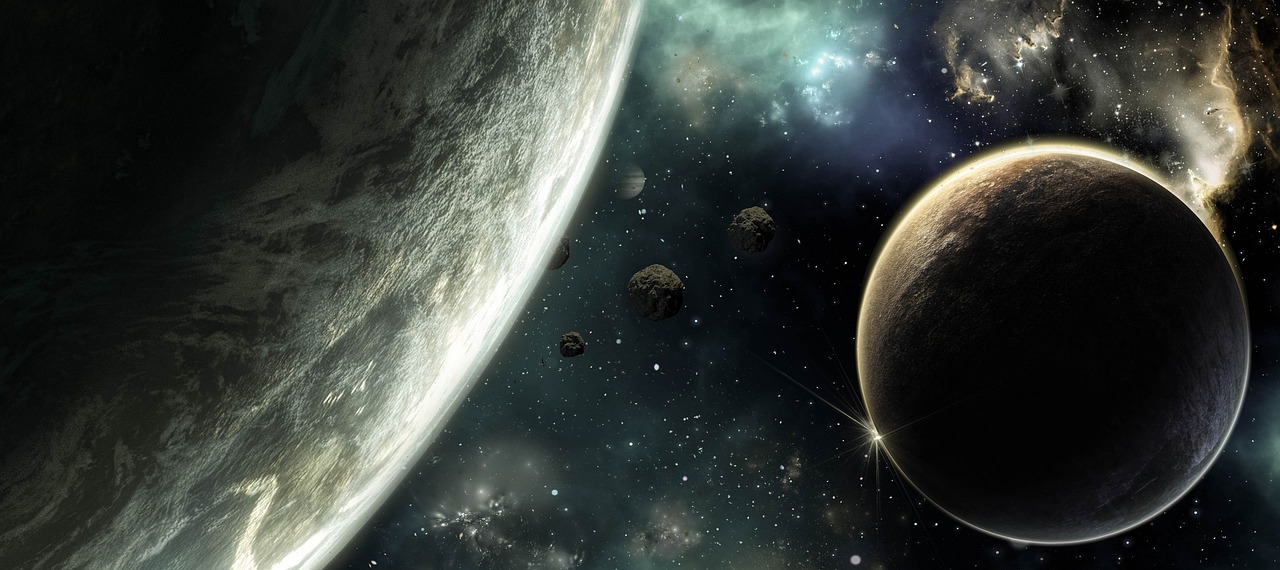
Pre-reading questions:
- Do you find other planets interesting? Why or why not?
- Do you know of other planets aside from the ones in our solar system? Tell me about them.
Vocabulary:
- telescope /TEL-uh-skohp/
- extend /ik-STEND/
- inner /IN-er/
- combine /kuhm-BAHYN/
- feature /FEE-cher/
[noun] – a cylinder-shaped device for making objects that are far away look closer and larger, using a combination of lenses, or lenses and curved mirrors
The scientist used the telescope to study the behavior of the stars in the night sky.
[verb] – to reach, stretch, or continue
The river extends for miles, winding through the lush green valleys.
[adjective] – inside or contained within something else
The detective noticed an inner compartment in the briefcase, hidden beneath a false bottom.
[verb] – to cause to exist together, or join together to make a single thing or group
My sister loves to combine different patterns and colors in her fashion choices.
[noun] – a typical quality or an important part of something
This car model comes with advanced safety features such as automatic emergency braking.
Article reading:
These inner rings suggest that there are hidden planets influencing the shape of the dust belts around Fomalhaut, just like Jupiter and Neptune do in our solar system. Fomalhaut’s outer ring is twice as big as our solar system’s Kuiper Belt. These huge dust belts around Fomalhaut likely formed from the remains of asteroids and comets crashing into each other. By studying the patterns in these rings, scientists can learn more about how planetary systems are structured. When they combine data from the Webb telescope with information from other telescopes, they can get a better understanding of how debris belts form. They also observed another feature that was first seen by the Hubble telescope in 2008 but disappeared by 2014, suggesting that another collision happened and only dust was left behind.
Comprehension questions
- What is the name of the telescope that astronomers used to study the asteroid belt around Fomalhaut?
- When was the asteroid belt surrounding Fomalhaut discovered?
- What did astronomers recently discover about Fomalhaut’s rings with the help of the James Webb Space Telescope?
- What do the inner rings of Fomalhaut’s dust belt suggest about the presence of hidden planets?
- How does the size of Fomalhaut’s outer ring compare to our solar system’s Kuiper Belt?
Discussion questions
- How do you feel about the surprising cosmic findings revealed through the observations of the James Webb Space Telescope?
- What is your perspective on the possibility of unseen planets shaping the dust belts around Fomalhaut, similar to Jupiter and Neptune in our solar system?
- If given the opportunity, would you like to explore the structure of planetary systems by examining the patterns in the rings of debris belts?
- How does the combination of data from multiple telescopes, like the James Webb Space Telescope and others, contribute to your curiosity and fascination with the formation of debris belts around stars?
- In what ways do these cosmic findings make you reflect on the vastness and complexity of the universe?